a.palfreyman
pfm Member
1/4 wavelength at 1.5kHz is about 60mm which will be the first node in the standing wave in front of the driver firing at an obstacle.
The drivers are currently 100mm apart, the grille frame edges are 80mm apart.1/4 wavelength at 1.5kHz is about 60mm which will be the first node in the standing wave in front of the driver firing at an obstacle.
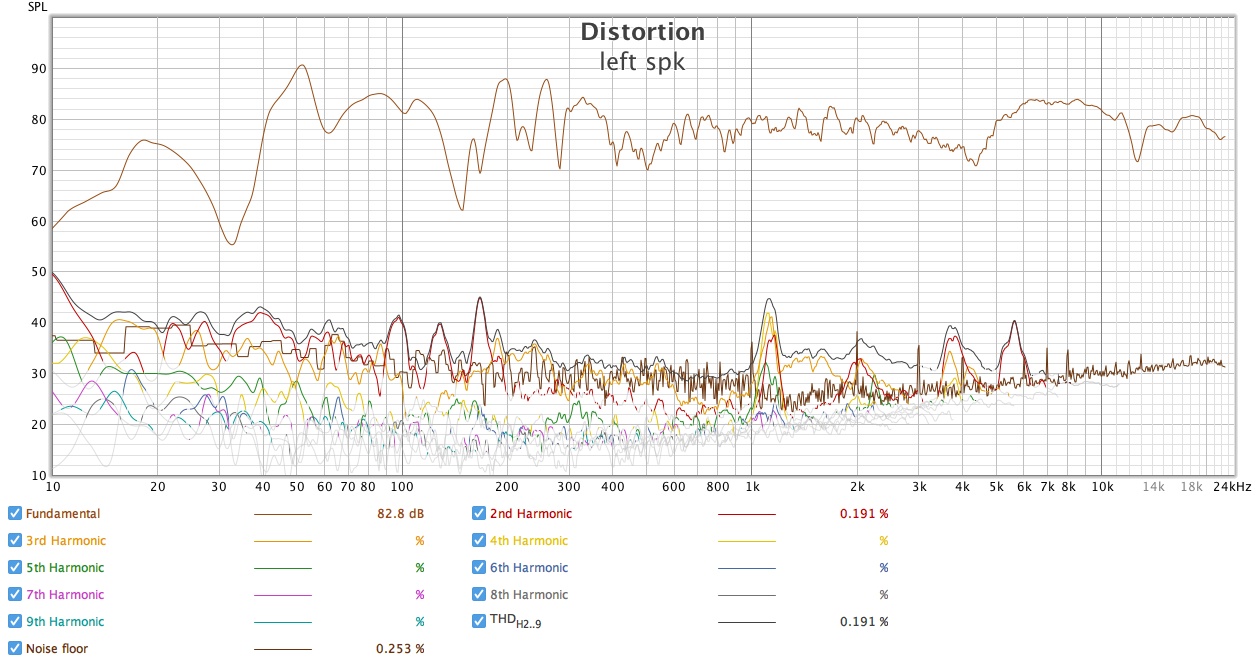
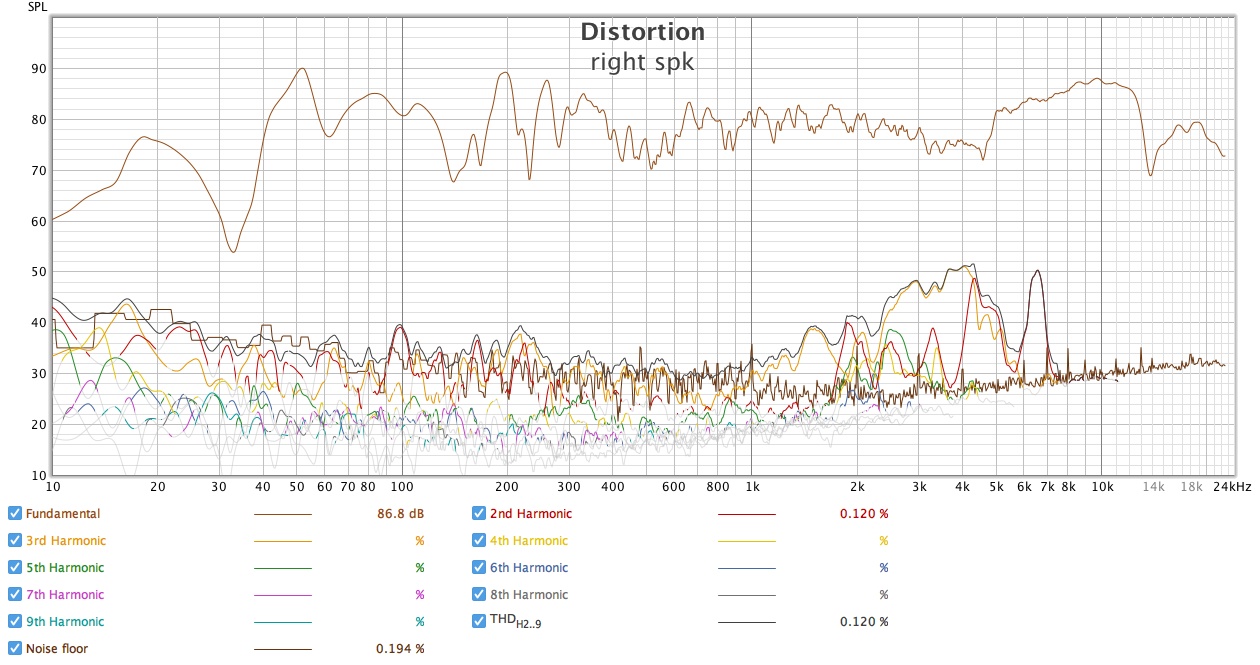
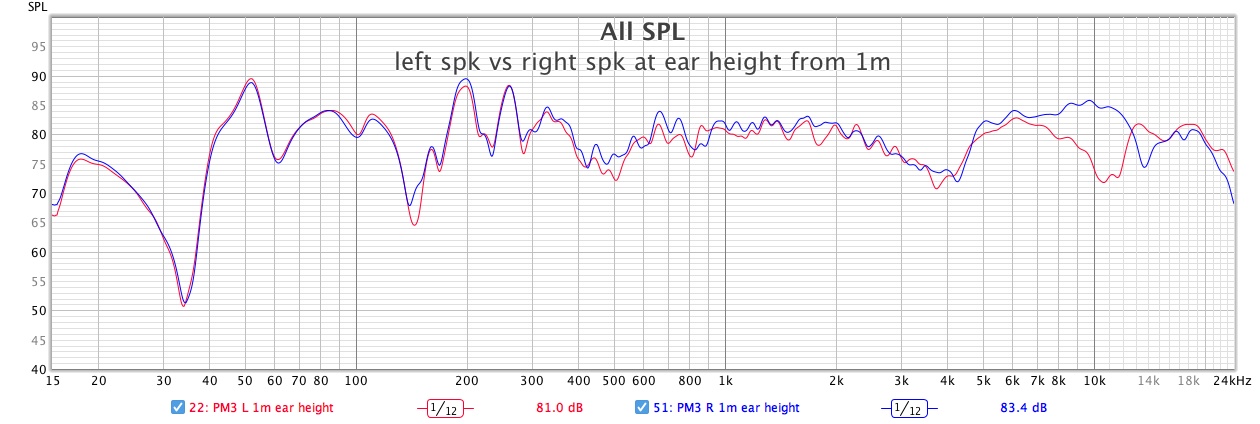

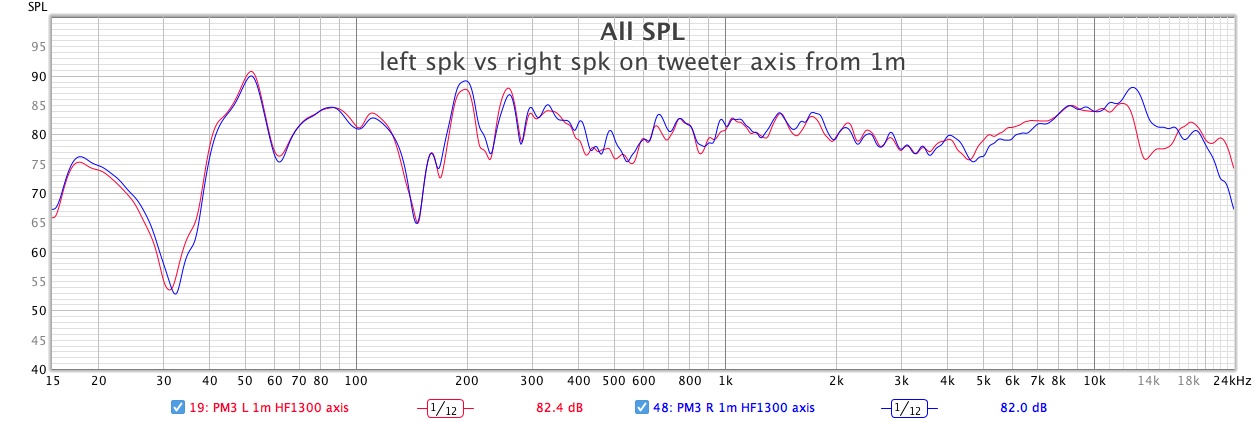
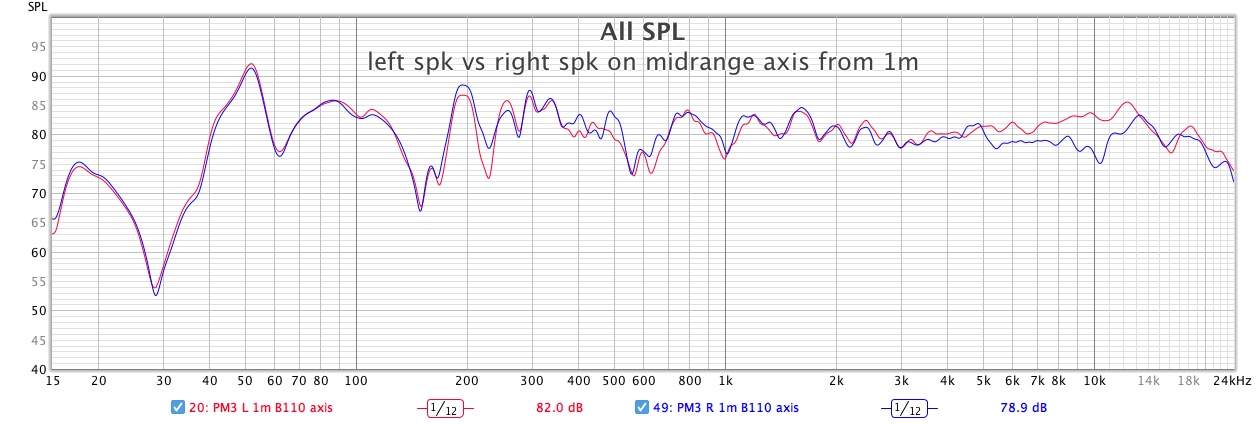
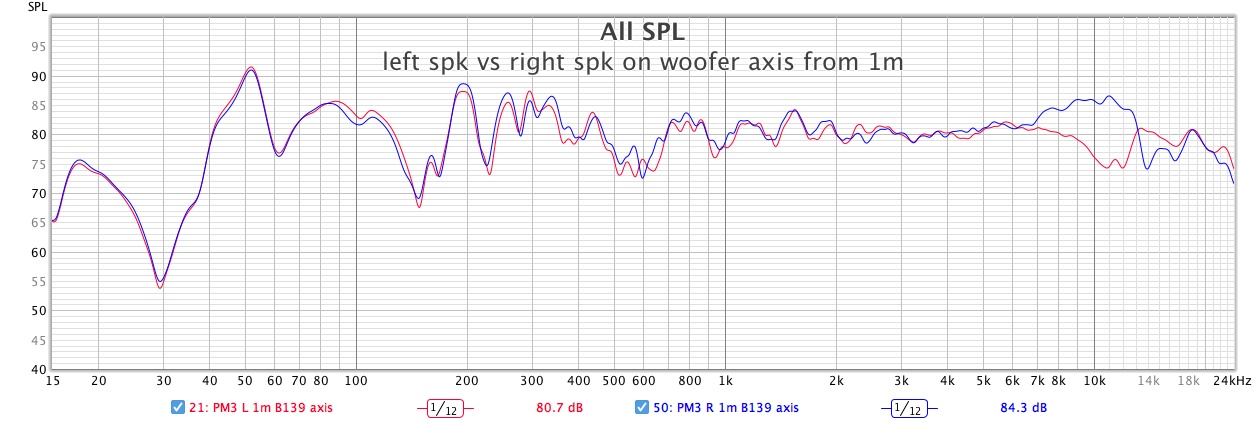
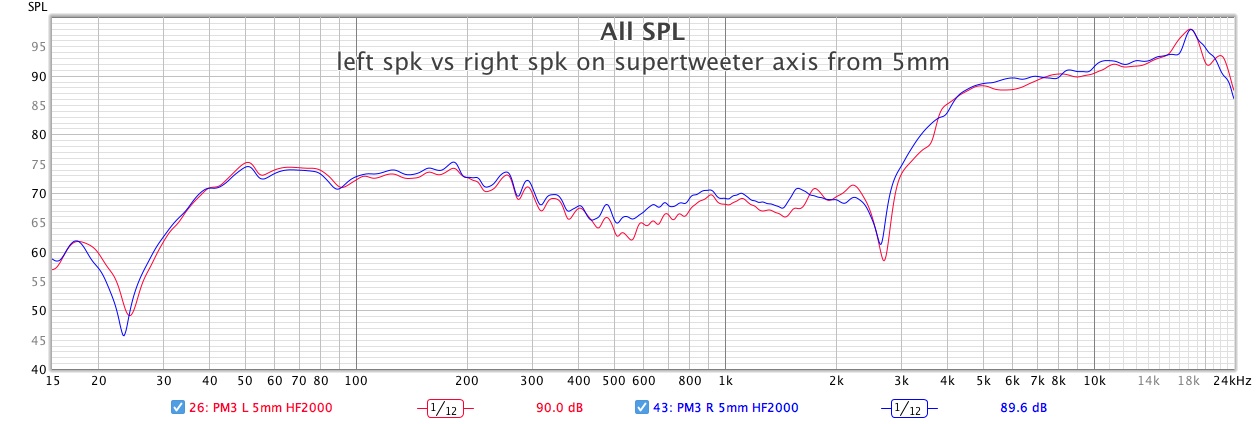
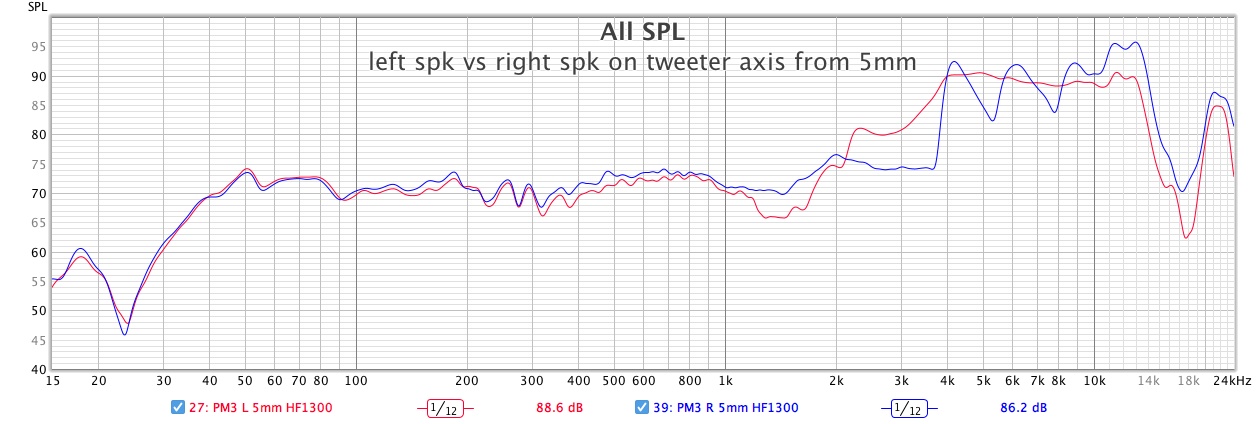
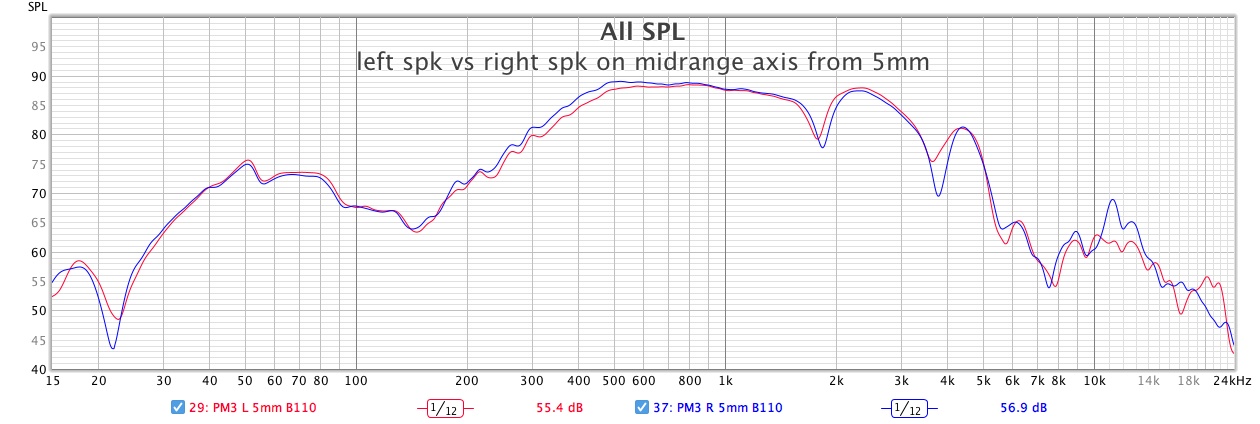
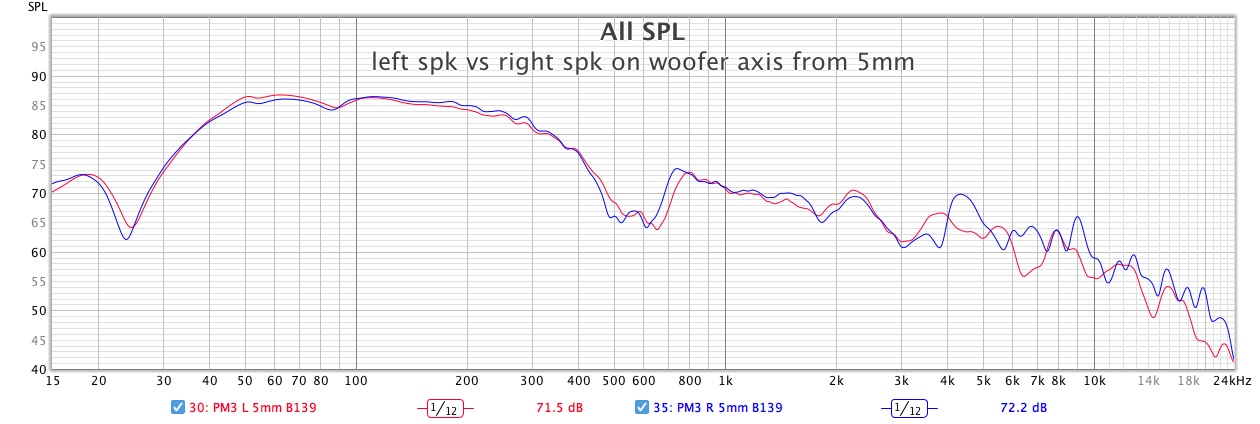
Can you infer from the above measurements what the order and turnover frequency is? When I selected HF2000 units for my Ditton 66 restoration they all exhibited higher output below 5kHz than above 5kHz so I'm wondering how IMF managed to achieve such a steep roll-off below 5kHz using only a low-order slope? I thought perhaps the steep slope might be result of cancellation from the HF1300 and/or B110 (when the mic is 5mm away from the HF2000 it is 95mm away from the HF1300 and 220mm away from the B110). I therefore repeated the measurements with the HF1300 and B110 covered with pieces of thick foam, but it didn't make much difference:I have never seen a supertweeter with anything more than a very basic low order crossover. Part of the marketing as with 4th order, very little music would come out of it in the vinyl and radio source days.
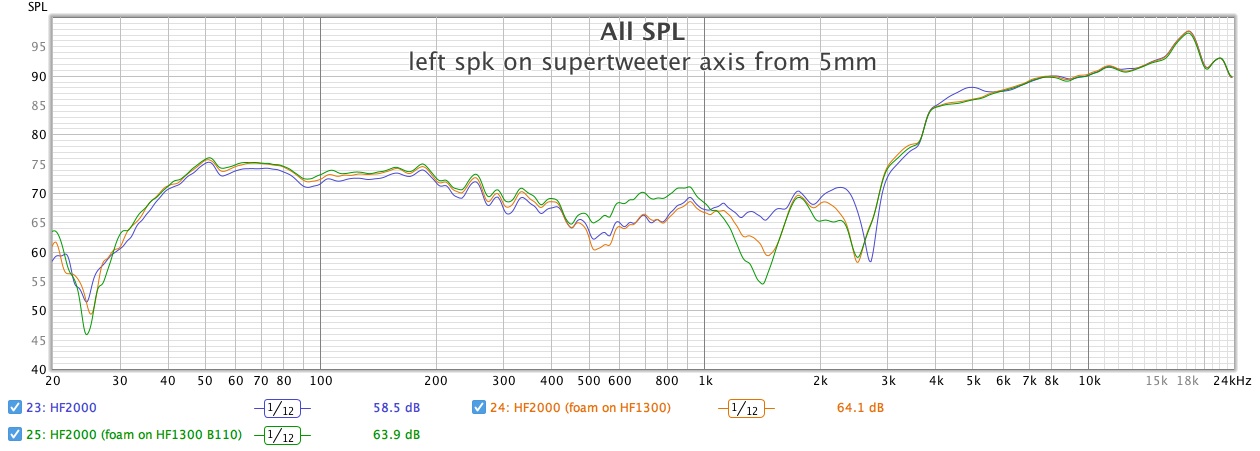
Not easily. An impedance curve would reveal more, REW is designed to make that easy to measure.Can you infer from the above measurements what the order and turnover frequency is?
